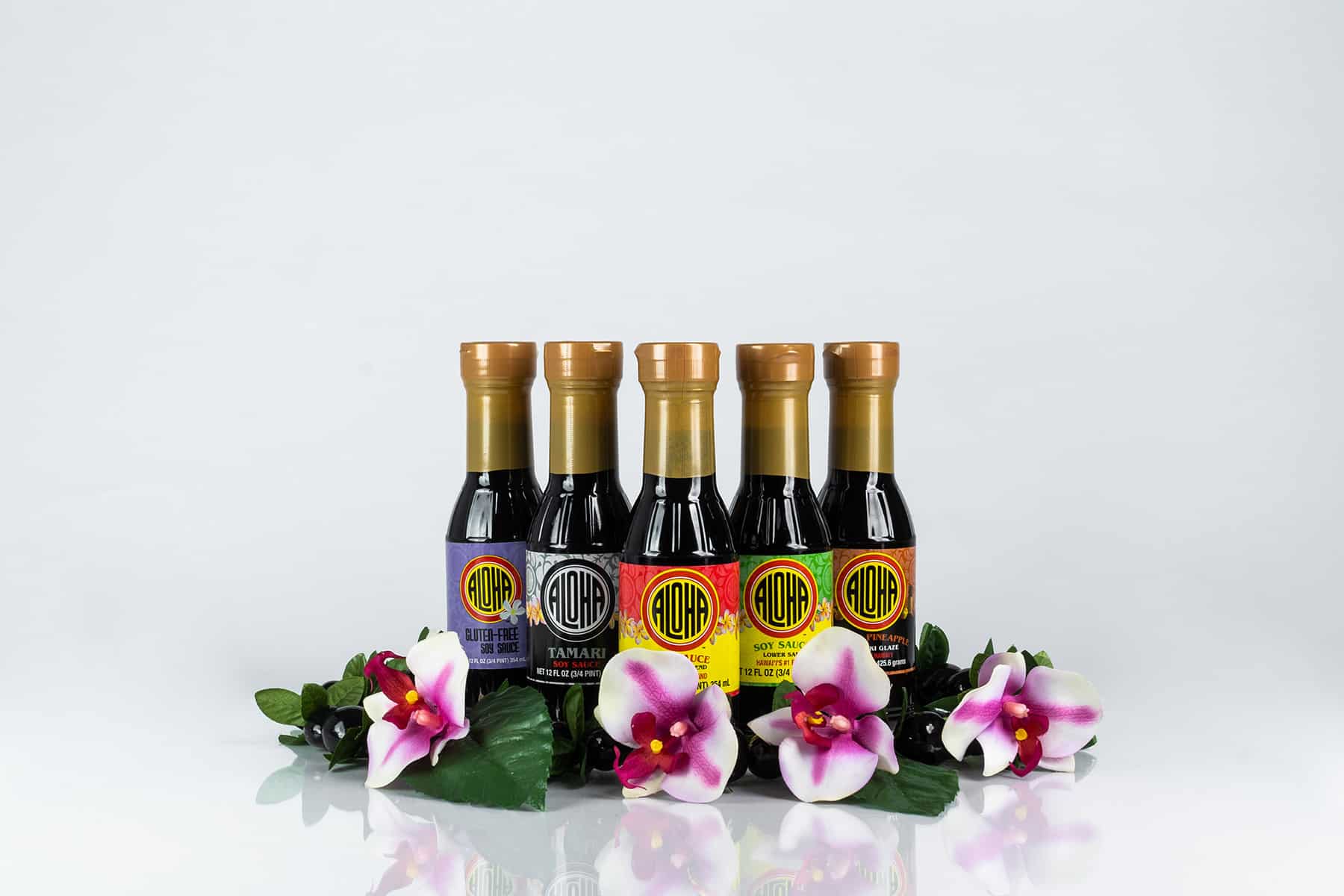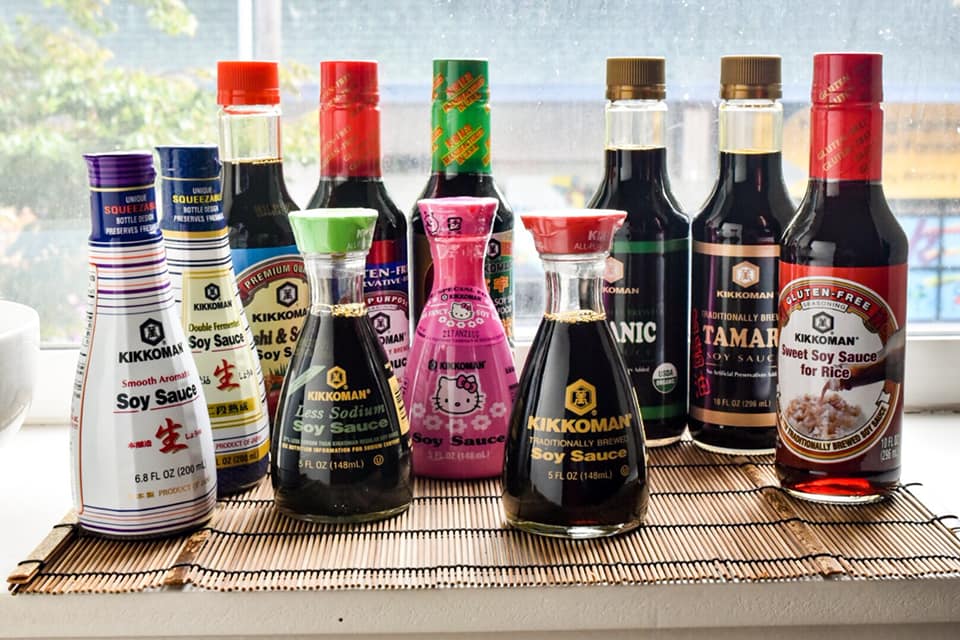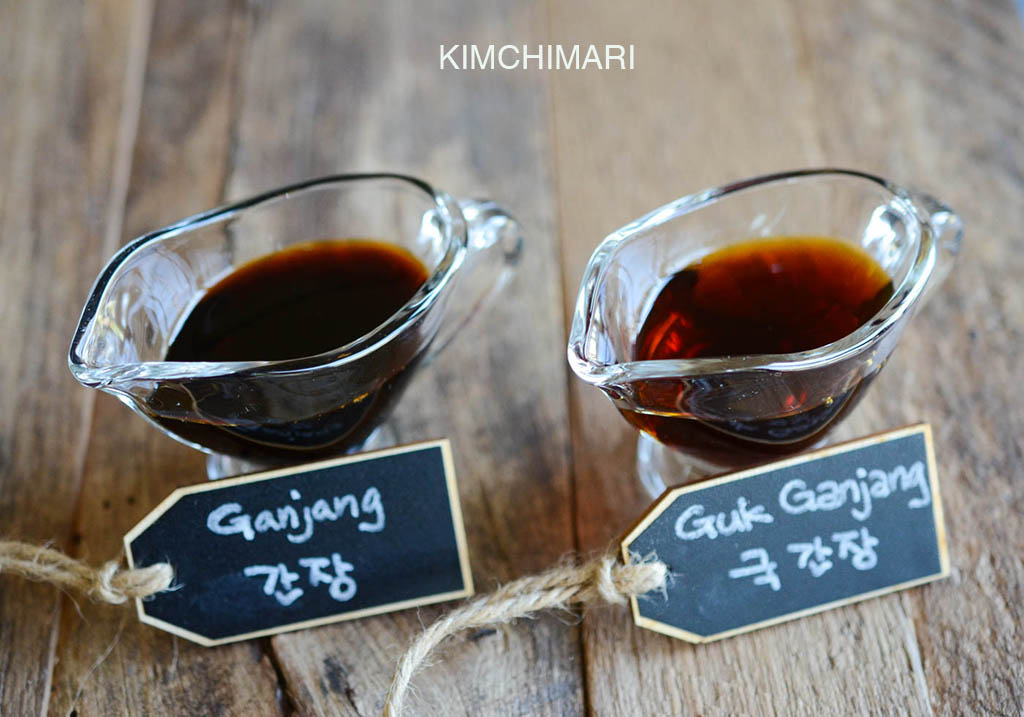What cuisines do you prefer to cook? No one soy sauce will serve all cuisines. They can be adequate to experimentation and general enjoyment, but choosing one that reflects the cuisine will improve the food as well.
Your original choices are more Japanese oriented.
If you want to cook more Chinese, Pearl River Bridge is a popular selection. You'd also need some dark soy imho, and Pearl River Bridge Mushroom Dark Soy is good. A lot of people prefer the more Western quality control of sauces from Taiwan. So Amoy, Kimlan and that sort of thing. I use a lot of Ve Wong XO line of light soy, also from Taiwan. Light meaning color, not salt or calories. The XO happens to be less salt anyway, but you can add some salt if you feel it's lacking.
Hawaii is well served with Aloha Shoyu
Philippines, Silver Swan I think is popular?
If you want more Southeast Asian, the Chinese brands work for their influenced cuisine, but you'll need a sweet soy too. ABC is more Thai I think but works out OK.
Korea I have no opinion for but I know they have a few specific types too.




